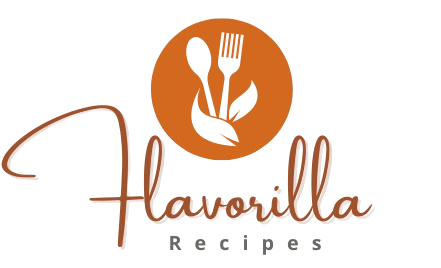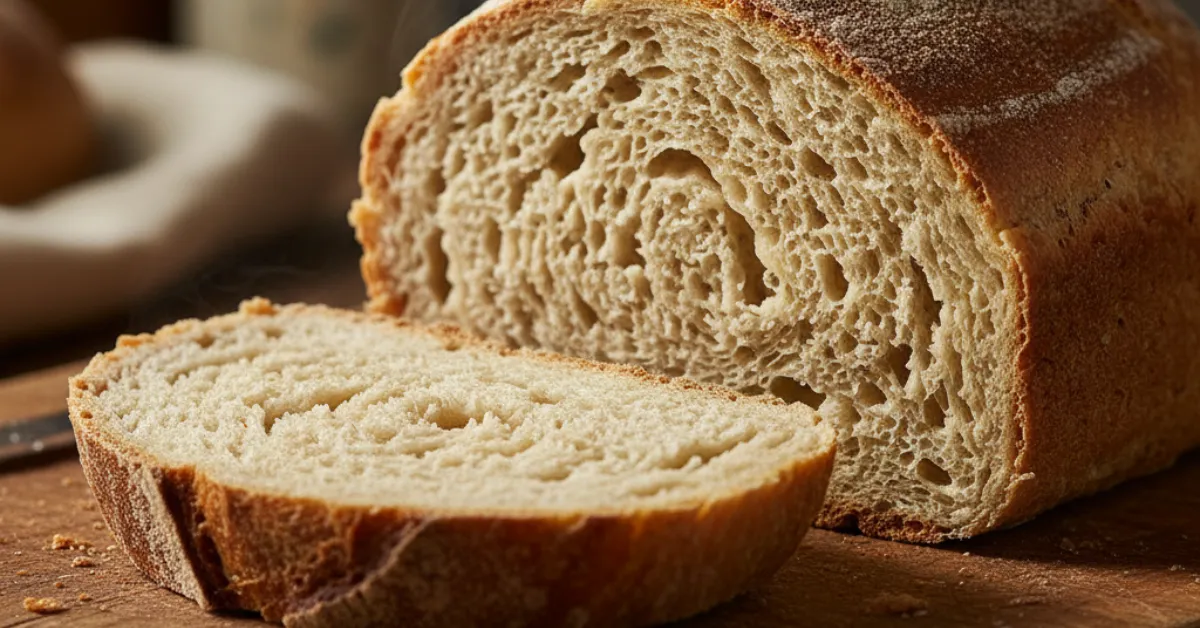Baking **gluten free bread** is often considered the Mount Everest of gluten-free baking. It’s challenging, unforgiving, and requires specific knowledge of how non-wheat flours behave. Yet, the rewards are immense: a tender, flavorful, and incredibly satisfying loaf that is far superior to any store-bought slice. This **amazing** guide will demystify the process, revealing the science behind successful baking without gluten.
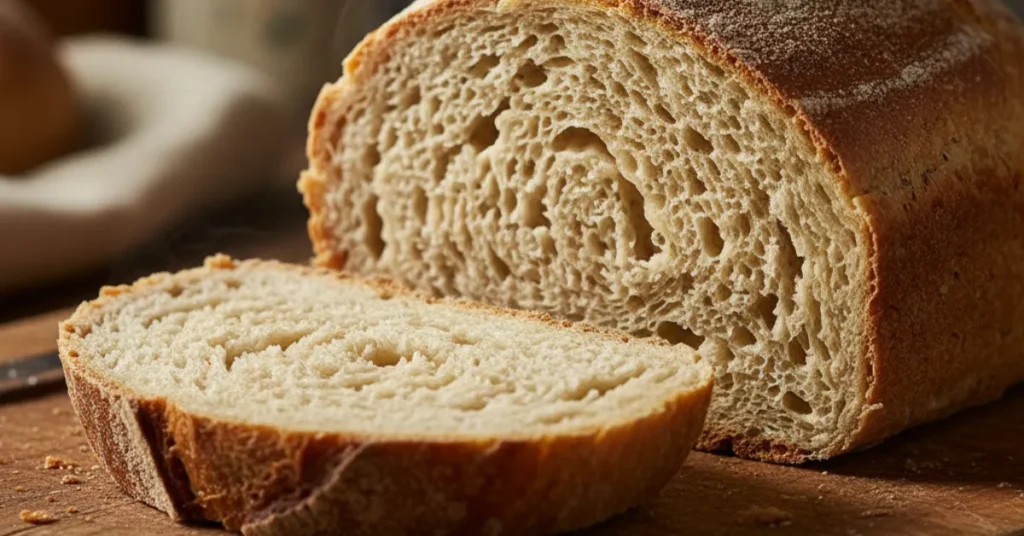
We’ll focus on the essential role of binders, the importance of temperature, and the specific techniques required to achieve a light, airy crumb structure. This detailed approach is your key to mastering any **gluten free bread recipe** at home. This skill is perfect for your **Breakfast** menu and is a valuable addition to your **Quick Recipes** collection, as the prep time is often minimal.
- Choosing the Best Gluten Free Bread Flours
- The Role of Binders in Gluten Free Bread
- Maintaining a Gluten Free Sourdough Starter
- Technique for Gluten Free Sourdough Bread:
- Why Gluten Free Banana Bread is So Easy to Master
- Storage, Serving, and Longevity
- FAQ: Your Questions About Gluten Free Bread
- Conclusion: The Ultimate Guide to Gluten Free Bread
- Recipe Summary: Quick Gluten Free Bread
- Steps to Follow (How to Make Gluten Free Bread)
- Tools You’ll Need
Mastering the Gluten Free Bread Recipe: The Science of Structure
In traditional baking, gluten provides the elasticity and structure. Without it, bakers must rely on a complex blend of starches, gums, and fibers to replicate those properties. The secret to the **best gluten free bread** is finding the right combination of these binders.
Choosing the Best Gluten Free Bread Flours
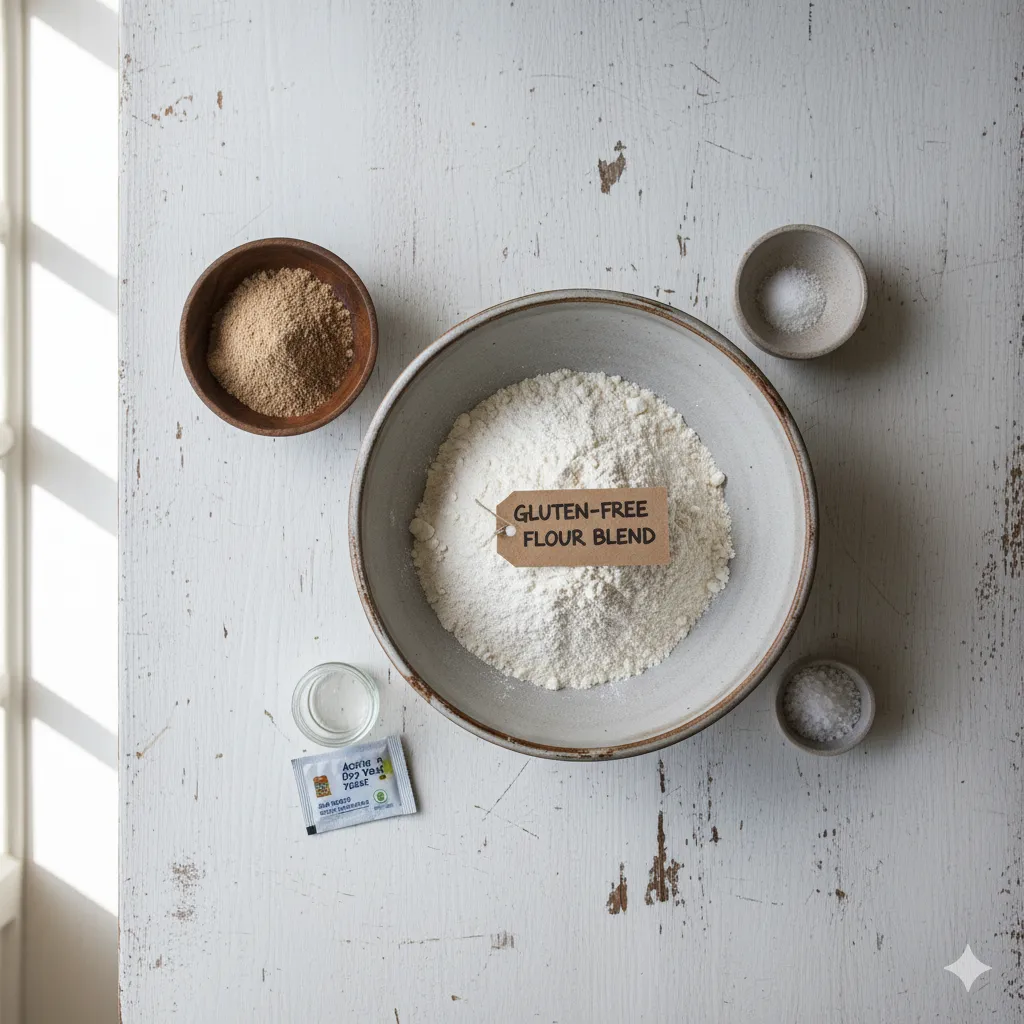
Avoid single-flour recipes. The most successful **gluten free bread recipe** uses a blend of light flours, dense flours, and pure starches:
- **Rice Flour:** Forms the primary bulk (brown, white, or sweet rice flour).
- **Starches:** Tapioca starch, potato starch, or cornstarch are crucial for tenderness and a light texture.
- **Binders (The Key):** Xanthan gum and/or psyllium husk powder. These are essential for mimicking the structure and elasticity of gluten.
The Role of Binders in Gluten Free Bread
Xanthan gum and psyllium husk powder are non-negotiable for high-quality **gluten free bread**. They provide the necessary elasticity and viscosity to trap the carbon dioxide released by the yeast, allowing the dough to rise vertically instead of collapsing flat.
The **psyllium husk** is particularly effective as it absorbs up to ten times its weight in water, creating a sticky, gelatinous network similar to the gluten strands in wheat flour. This allows the baker to handle the dough, shape it, and achieve a robust crust and an open crumb, which is the exact opposite of the dense texture typically associated with failure. If you are aiming for true, sliceable sandwich bread, utilizing psyllium husk is often cited by experts as the best method, surpassing reliance solely on xanthan gum. This precise knowledge of binding agents is essential for anyone seriously exploring **how to make gluten free bread** that is light and airy.
The Ultimate Gluten Free Sourdough Bread
The rise of **gluten free sourdough bread** is a major culinary achievement. Sourdough relies on a natural fermentation process rather than commercial yeast, yielding a bread with a deep, tangy flavor and improved digestibility.
Maintaining a Gluten Free Sourdough Starter
A sourdough starter is a live culture of wild yeast and bacteria. For a **gluten free sourdough bread** starter, you must feed it a blend of gluten-free flours (often brown rice flour and water). It requires patience, usually taking 7–14 days to become active and ready for baking.
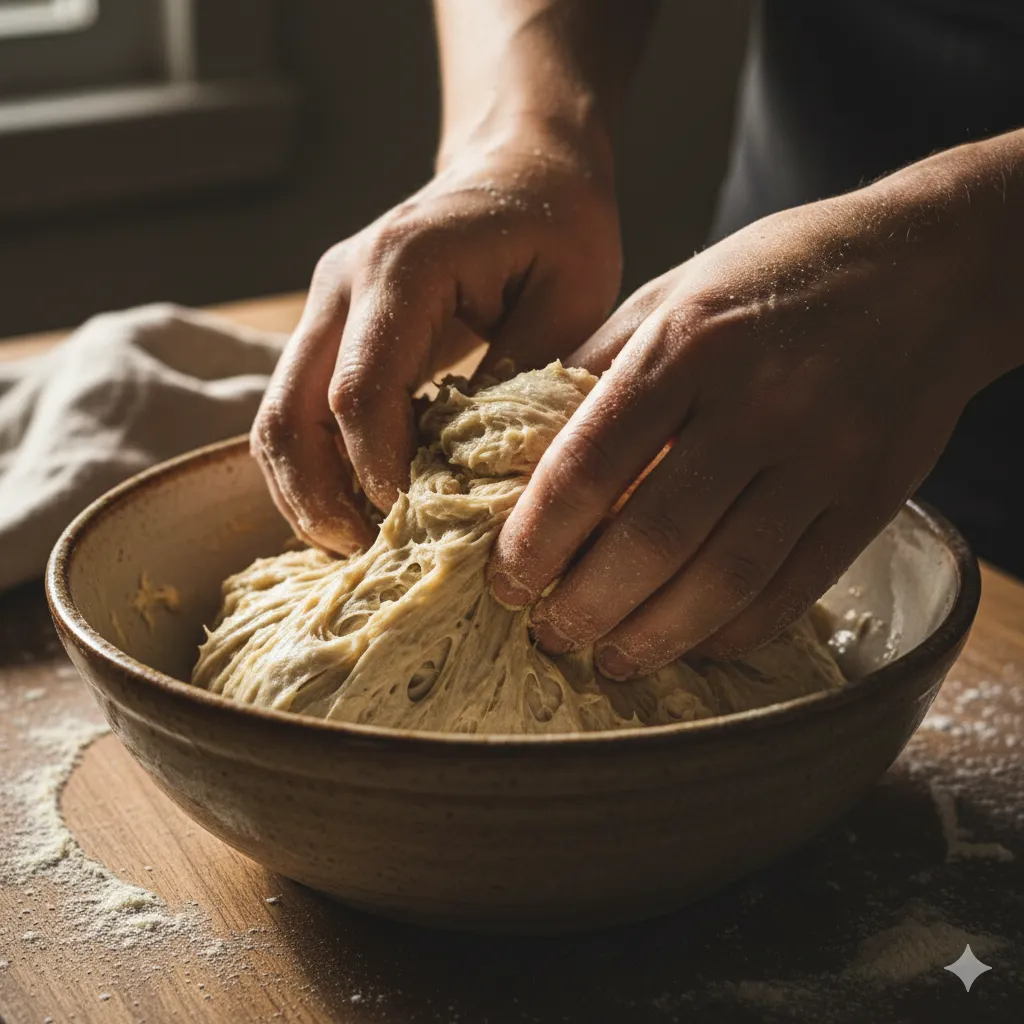
Technique for Gluten Free Sourdough Bread:
- **The Dough:** Combine the active gluten-free starter with water, the flour blend (including psyllium husk/xanthan gum), and salt.
- **Mixing:** Unlike wheat sourdough, which develops structure through physical kneading, the **gluten free sourdough bread** relies on the psyllium husk to form its structure during an initial “autolyse” (rest) period. Mix gently and allow it to rest.
- **Baking:** Bake at a very high temperature in a preheated Dutch oven (a technique called “baking in a pot”). This traps steam, which helps the crust brown beautifully and gives the loaf its final dramatic rise.
For more detailed information on achieving authentic sourdough results without gluten, check out the resources provided by **Nourished Kitchen’s Sourdough Guide**.
Simple Gluten Free Banana Bread Variation
While yeast breads are challenging, quick breads are an easy win. The **gluten free banana bread** recipe is the perfect, simple route to a moist, successful gluten-free bake.
Why Gluten Free Banana Bread is So Easy to Master
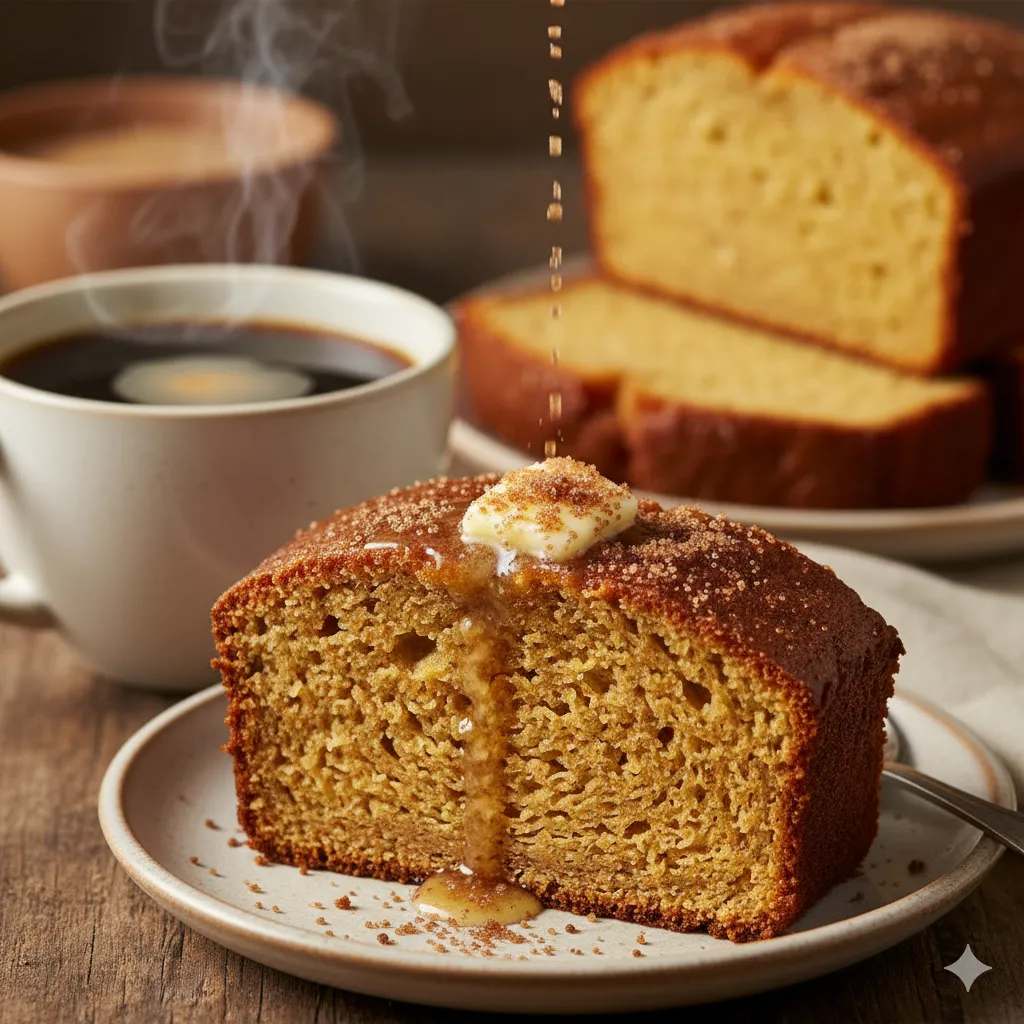
The secret to the reliability of **gluten free banana bread** is that the mashed, overripe bananas and oil provide so much moisture that they easily mask the dry, somewhat dense tendencies of gluten-free flours. The high moisture content also helps keep the structure tender for days.
This makes the **gluten free banana bread** an ideal **Quick Recipes** option, requiring minimal specialized knowledge. For a great contrasting savory quick meal, you could pair a slice of this bread with the rich, meaty flavor of a leftover portion from our **[Philly Cheesesteak Recipe]** (https://flavorillarecipes.com/philly-cheesesteak-recipe).
Storage, Serving, and Longevity
Proper storage is essential for maintaining the tender crumb of **gluten free bread**.
Due to the lack of gluten (which typically provides chewiness and structure), **gluten free bread** tends to dry out and stale faster than wheat bread. Always store cooled loaves in an airtight container at room temperature. For longer storage, slice the cooled loaf and freeze individual slices. This allows you to thaw and toast slices as needed, preserving the quality for up to 3 months.
Serving the **gluten free banana bread** warm with butter or cream cheese is a classic choice. For savory loaves, simple butter, high-quality olive oil, or a quick balsamic glaze makes an excellent topping.
FAQ: Your Questions About Gluten Free Bread
Is sourdough bread gluten free?
No, traditional sourdough bread is **not gluten-free** as it is made with wheat flour. However, the lengthy fermentation process *does* break down some of the gluten. True **gluten free sourdough bread** must be made using specific gluten-free flours (like rice, sorghum, or buckwheat) and a starter that is exclusively fed those flours.
How to make gluten free bread light and airy (without yeast)?
To make **gluten free bread** light and airy without yeast, rely on powerful chemical leaveners (baking powder/soda) combined with acidic ingredients (buttermilk, vinegar, or citrus) to generate rapid carbon dioxide lift. Using light flours (like tapioca starch) and effective binders (xanthan gum) helps trap the gases, resulting in a lighter crumb.
What is the best flour blend for a gluten free bread recipe?
The **best gluten free bread recipe** often uses a blend of light rice flour, tapioca starch, and a denser flour like sorghum. The blend should always include a binder like xanthan gum or psyllium husk to provide the necessary elasticity and structure that gluten provides in wheat bread.
Is Ezekiel bread gluten free?
No, **Ezekiel bread is not gluten free**. It is made from sprouted grains, including wheat and barley. While sprouting changes the nutritional profile, it does not remove the gluten content, making it unsafe for individuals with celiac disease.
How to use xanthan gum in a gluten free bread recipe?
Xanthan gum should be added to the dry ingredients before mixing. It is a powerful binder used sparingly (usually 1 teaspoon per cup of gluten-free flour blend) to thicken the dough and mimic the elasticity of gluten, which is crucial for achieving a good rise in any **gluten free bread recipe**.
Does Panera have gluten free bread?
Yes, Panera Bread typically offers at least one dedicated **gluten free bread** item (like a bagel or flatbread) made by an external, certified gluten-free bakery. However, due to cross-contamination risks from shared kitchen space, caution is always advised for those with celiac disease.
Conclusion: The Ultimate Guide to Gluten Free Bread
Mastering **gluten free bread** is entirely achievable once you understand the science of binders and moisture. By combining the right starches and gums, you can create light, airy, and delicious sandwich loaves, sourdoughs, and quick breads like the **gluten free banana bread**.
Embrace this challenge! This comprehensive **gluten free bread recipe** guide ensures your next homemade loaf is a success, making it an essential **Quick Recipes** staple for your **Breakfast** table.
Recipe Summary: Quick Gluten Free Bread
→ Ingredients
- 3 cups Gluten-Free All-Purpose Flour Blend
- 1 tsp Xanthan Gum or Psyllium Husk Powder
- 1 1/2 cups Warm Water or Milk
- 1 Tbsp Active Dry Yeast
- 1 tsp Salt
- 1 Tbsp Sugar or Honey
Steps to Follow (How to Make Gluten Free Bread)
- **Activate Yeast:** In a large bowl, dissolve yeast and sugar in warm water or milk. Let stand for 5 minutes until foamy.
- **Mix and Knead:** Whisk together the flour blend, xanthan gum, and salt. Add the dry mixture to the wet mixture. Mix (or knead gently) for 5 minutes until the sticky, shaggy dough forms. Add 1 tbsp oil if desired.
- **First Rise:** Place the dough in a greased bowl, cover, and let rise in a warm place for 60–90 minutes until doubled.
- **Shape and Second Rise:** Gently deflate the dough and shape it into a loaf. Place in a greased loaf pan, cover, and let rise for 30–45 minutes.
- **Bake:** Preheat oven to 375°F (190°C). Bake for 40–45 minutes until the crust is golden-brown and the internal temperature reaches 205°F (96°C).
Tools You’ll Need
- 9×5-inch Loaf Pan
- Stand Mixer or Large Bowl
- Wire Cooling Rack
